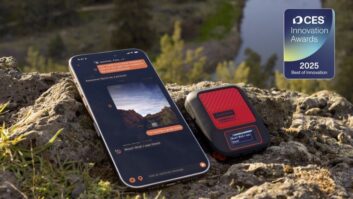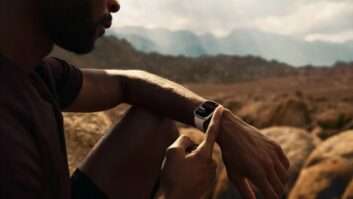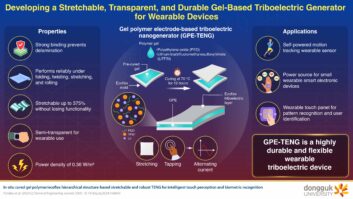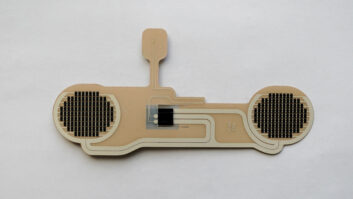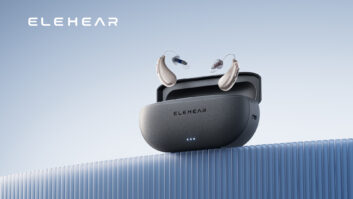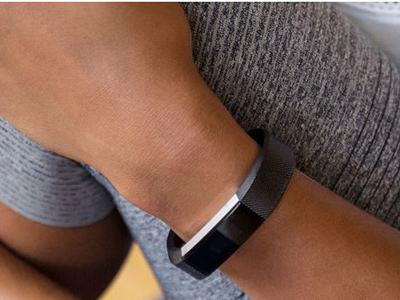
Fitbit and Garmin lead the competition in the number of wrist-worn wearables appearing on the shelves of 11 major national retailers, and Best Buy and Target offer the most aggressive assortments, Gap Intelligence found in an early-May survey.
The Fitbit and Garmin shares move even higher when comparisons are limited to fitness trackers, which the two companies offer almost exclusively. When it came to smart watch placements, Apple and Samsung took the lead.
Gap also found:
• Fitbit and Garmin wearables appeared in major retailers’ print ads in April more often than any other brand of wrist-worn wearables (fitness trackers, smart watches and kids’ devices, combined).
• By far, fitness trackers enjoyed more retail placements than more expensive smart watches.
• Wrist wearables were promoted far less often in print ads compared with smartphones, tablets and TVs.
For its survey, Gap checked the placement of wristworn fitness trackers, smart watches and kids’ devices in the stores of AT&T, Best Buy, Costco, Dicks Sporting Goods, Sam’s Club, Sports Authority, Sprint, Target, T-Mobile, Verizon and Walmart during the week of May 1. Gap also tracked print ads placed in April by these retailers and by Office Depot, RadioShack and Staples.
Gap defines a placement as a specific SKU at a specific merchant, so if the same SKU is available at Best Buy and Target, Gap counts it as two placements. The number of retail placements also reflects a national representation of the SKUs available at many of the locations run by a particular retailer, Gap said. The figures do not take into account the number of locations at which any single product is present in a retailer’s chain.
Among all product placements, 65 percent were fitness trackers, and 31 percent were more expensive smart watches. Kids’ wearables accounted for 4 percent of placements.

Fitbit accounted for 22 percent of retail placements of all wrist wearables (fitness trackers, smart watches, and kids’ models combined), followed by Garmin with 16 percent, Samsung with 7 percent, and Apple with 7 percent.

The Fitbit and Garmin shares grew to 28 percent and 22 percent, respectively, when comparisons were limited to fitness trackers, which the two companies offer almost exclusively. Polaris and Jawbone placed third and fourth with 9 percent and 8 percent, respectively.

When it comes to smart watches, Apple products accounted for 22 percent of placements, followed by Samsung at 20 percent, Pebble at 15 percent, and Motorola at 13 percent.

All of the surveyed retailers carried fitness trackers and smart watches, but Best Buy offered the most aggressive assortment with 65 product placements, followed by Target with almost 50, Sports Authority with almost 30, and Walmart and Dicks offering more than 20. In all cases, each retailer offered more fitness trackers than smart watches.

Though some retailers offer aggressive assortments, wrist-worn wearables weren’t promoted nearly as often by the surveyed retailers as TV, tablets and smartphones. The wearables appeared in only 39 of the retailers’ ads in April compared with 152 ads for TVs, 122 for smartphones, and 111 for tablets.





